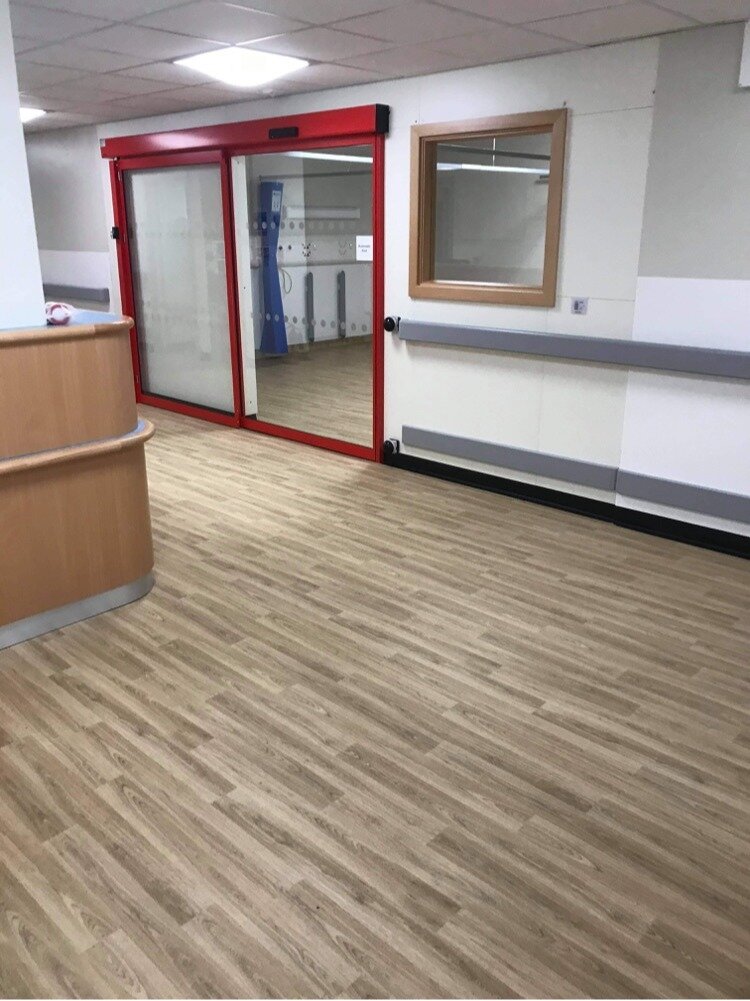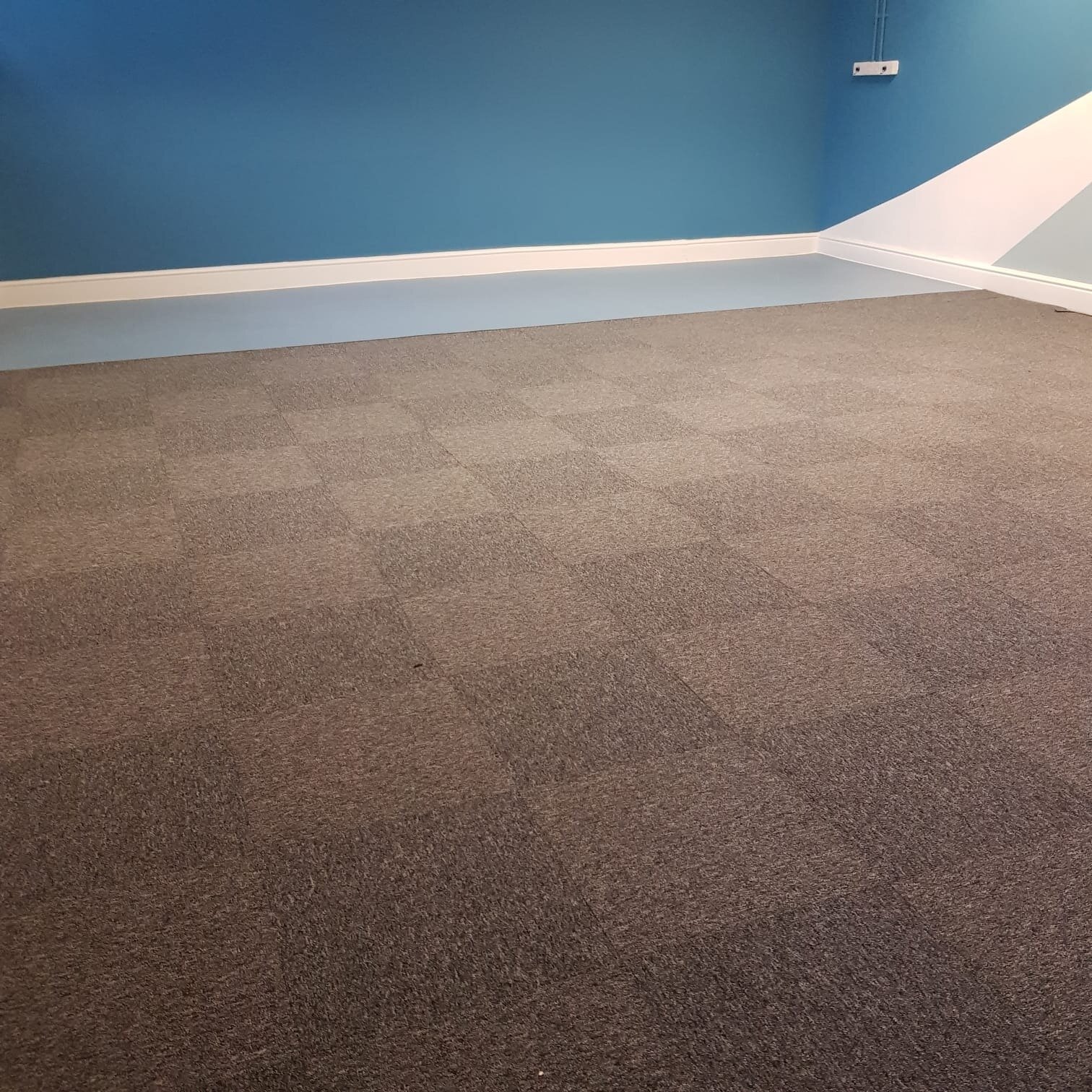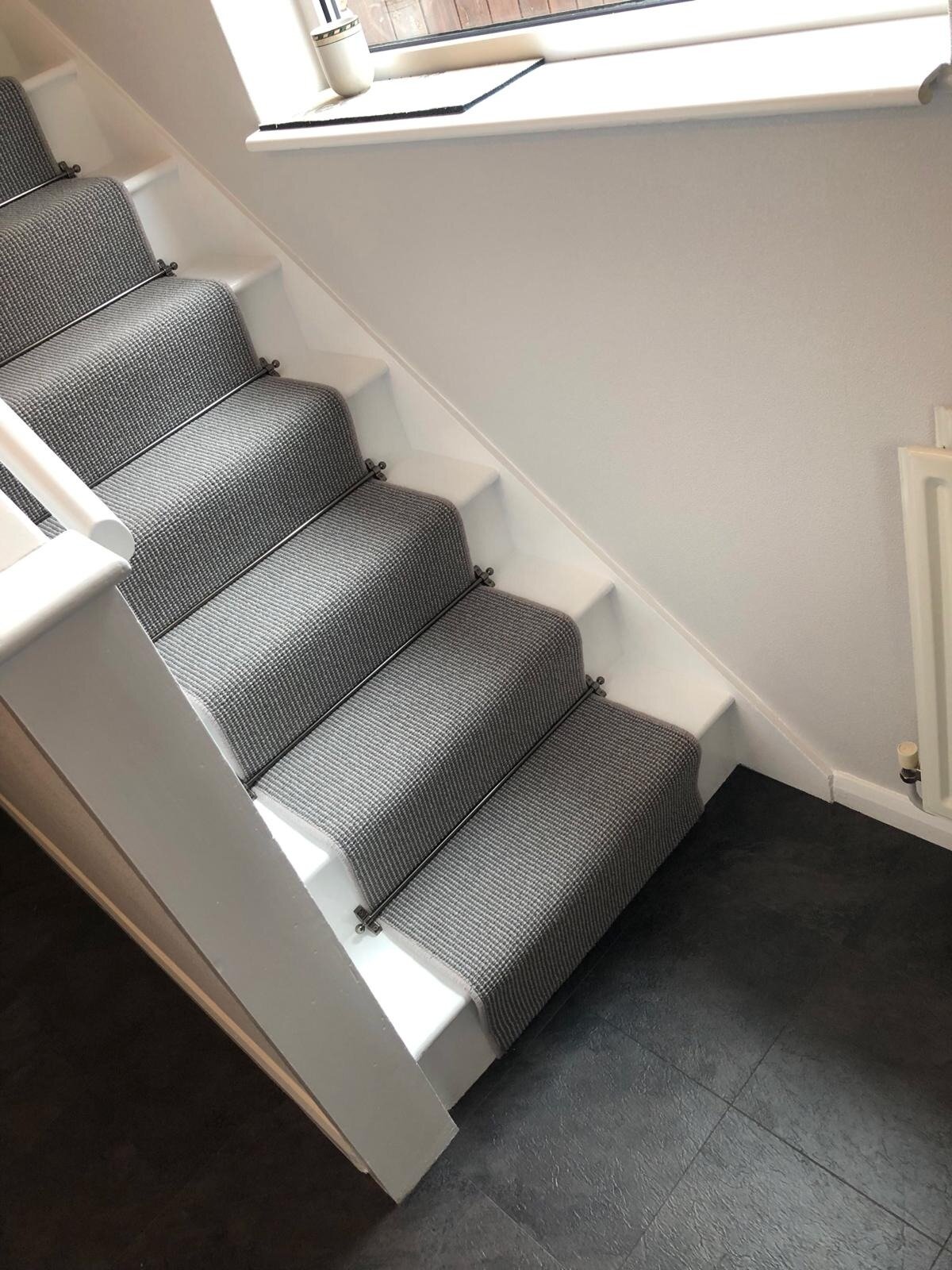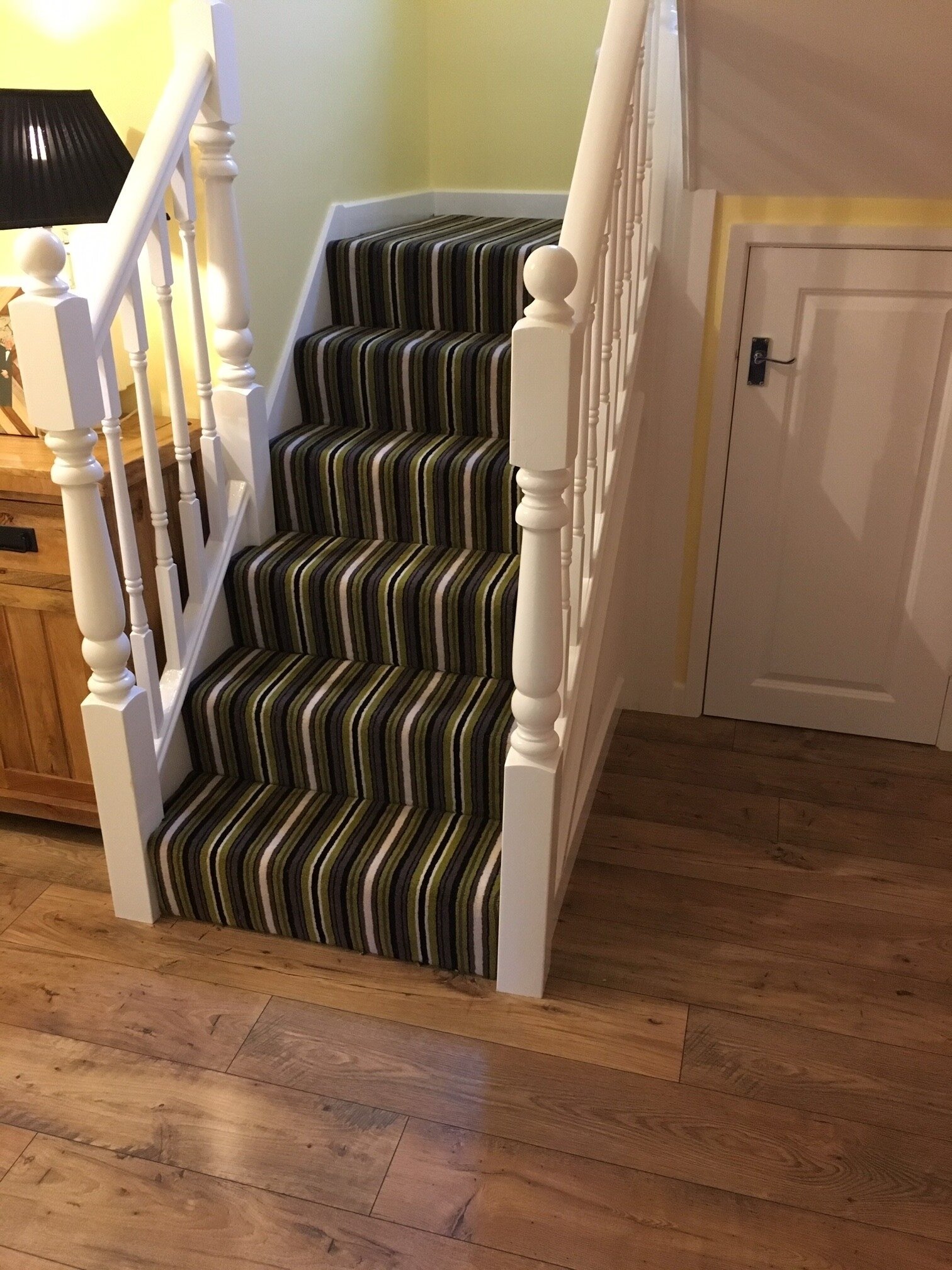Choosing, buying and fitting carpet: an overview
 There are several key reasons why you might choose carpet for your home. It is soft and warm under foot, has fantastic insulation properties, feels luxurious, and is available in a wide range of colours and budgets. In fact, whatever your budget you will probably be able to find a carpet to fit it, within reason.
There are several key reasons why you might choose carpet for your home. It is soft and warm under foot, has fantastic insulation properties, feels luxurious, and is available in a wide range of colours and budgets. In fact, whatever your budget you will probably be able to find a carpet to fit it, within reason.
But how much do you know about carpets? For many people, a carpet is just a carpet, but that is not always the case. Do you know what to look out for when choosing a carpet, where in the home it can go, the importance of underlay and what to look out for when getting a carpet fitted? This article aims to cover these areas to arm you with a bit more knowledge; starting with what should you be looking for when choosing a carpet.
Choosing a carpet
What brand of carpet should you choose?
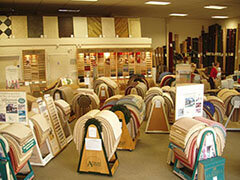 Can you name five carpet manufacturers? The answer is probably not. Axminster, Wilton Royal and Victoria might be names that come to mind, but after that you’ll probably struggle.
Can you name five carpet manufacturers? The answer is probably not. Axminster, Wilton Royal and Victoria might be names that come to mind, but after that you’ll probably struggle.
People don’t tend to choose carpets according to brand. In fact, most carpets are de-branded and renamed, making it very hard for people to compare like for like, as different retailers will call the same carpet different names. So, you might go into one store and see a carpet you like called Princess. You go into another store and ask how much is their Princess carpet, and that store doesn’t know what it is, because they call it something completely different. Rather than asking for brand, people will generally say that they want an 80:20 carpet, a manmade carpet, or a carpet of a particular colour.
Wool carpets
There are two main types of carpet: carpets made from wool and carpets made from manmade fibres. It is generally recognised that an 80:20 carpet (80% wool, 20% nylon) is a good carpet. However, it is not quite as simple as that, as the quality of the carpet depends on what type of wool is being used. Is it new wool, perhaps even merino sheep wool, brand new off the back of a sheep, which is renowned for making good quality carpet? Or is it something like a former dog’s blanket that has been re-spun and woven into a carpet? Both of these options could be the wool content of an 80:20 carpet, but one is brand new wool, whereas the other is much poorer quality wool. Therefore, it is the quality of the yarn that is most important, rather than just the fact that it is wool. Bear this in mind when choosing a carpet.
Manmade carpets
Alternatively, there are carpets which are completely made from manmade fibres and therefore do not have any wool in them at all. These types of carpet are currently very popular, with some of the yarn being manufactured specifically for the needs of the carpet industry, for example being made specially to be stain resistant. Examples of manmade fibres include Polypropylene, Nylon, Antron and Anso. Polypropylene is probably one of the most widely used of all the manmade fibres, as it doesn’t wear out, making it ideal for carpets. They are certainly worth considering when looking for a new carpet.
Weight
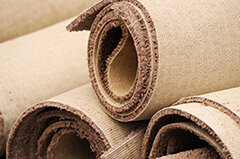 Another method that is often used to select a carpet is by looking at its weight in ounces, although this is only really used in tufted 80:20 carpets. You can find out the weight with polypropylene carpets, but it isn’t used anywhere near as much as with an 80:20 carpet.
Another method that is often used to select a carpet is by looking at its weight in ounces, although this is only really used in tufted 80:20 carpets. You can find out the weight with polypropylene carpets, but it isn’t used anywhere near as much as with an 80:20 carpet.
A greater weight means a heavier cloth. What weight would be a good carpet? Well, you could buy a 32oz, a 30oz, or even as low a 24oz carpet depending on where the carpet is going and who is going to be walking on it. But if you are looking to put down a carpet in a lounge that is going to have a lot of foot traffic on it, for example if you have two kids and a dog, then you probably want to consider a 40-45oz carpet. This is a much higher quality carpet that is going to last for a reasonable period of time and retain its appearance over that period of time.
That said, you could buy a 30oz carpet that is a better quality than a 40oz carpet purely because the yarn is a better quality – a 30oz carpet made from merino sheep wool would be better quality that a 40oz carpet made from a re-spun dogs blanket!
As if it wasn’t tricky enough to navigate the world of carpets, it is worth noting that some retailers and manufacturers do not use weights at all, which can make it hard to compare different carpets. They might instead to call a carpet “super-deluxe” or “elite”. Also, there are other ways of measuring the quality of a carpet. For example, with an Axminster carpet, you would consider the stitch rate rather than the weight, and you cannot compare one measurement to the other because they’re completely different.
Be careful with offers
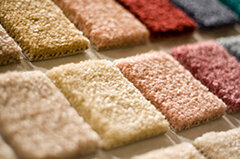 If you don’t know much about carpet then you probably won’t know if you are paying a good price for a carpet or not. A general rule of thumb should be that the more you are paying for a carpet, the better the quality should be, and in fact many stores categorise their carpet range simply by price. However, some companies artificially raise the price one week so that it can be put on offer the next week.
If you don’t know much about carpet then you probably won’t know if you are paying a good price for a carpet or not. A general rule of thumb should be that the more you are paying for a carpet, the better the quality should be, and in fact many stores categorise their carpet range simply by price. However, some companies artificially raise the price one week so that it can be put on offer the next week.
For example, somebody recently came to see us with a sample of carpet and asked us if we had anything similar. It was a manmade carpet, and was supposedly on a half-price offer, originally £40 per square metre, reduced to £20. We were selling the equivalent for £15 per square metre with that being its normal price, not an offer price. You wouldn’t expect to pay £40 per square metre for a manmade carpet unless it was at the top end of the range and then it would be a pretty impressive manmade carpet to be worth £40! And they are available. However, not many people would realise that.
Some people can be so determined to get an offer, discount or a bargain on a carpet that they fail to spot what is happening. For example, somebody came in once wanting a carpet that was £46 at another store, but it was on “half-price” there at £23. We were selling it permanently at £21. She asked that we give her a offer on it, which we didn’t do, so she went back to the competitor because she could get it for half price from them – even thought it was more expensive there!
Seek independent advice
You can quite easily get ripped off when buying a carpet if you don’t know much about it, and you probably won’t, because it is very much shrouded in mystery and is very complicated, so you really need to seek independent, honest advice to find a carpet that is right for your needs. You need to find someone in the market who you can trust and who will give you independent advice. Here at Lincolnshire Flooring we don’t mind what carpet you buy – it doesn’t matter to us as we aren’t led by commissions, bonuses or anything else, we just want to find the type of carpet that is right for you. So, when choosing a carpet it is important to talk to someone you can trust who is a non-commissioned salesman who will sell you something to fit your individual needs rather than just something off the shelf that he or she has been commissioned to sell.
Where can you use carpet in the house?
 Our room by room flooring guide looks in depth at what types of flooring can and cannot be used in each room of the house. However, in general carpets are ideal for bedrooms, lounges, dining rooms, halls, landings, stairs and conservatories. The majority of upstairs rooms (excluding bathrooms and wet areas) tend to be carpeted, because you often tend to walk around upstairs in bare feet, so carpet means comfort.
Our room by room flooring guide looks in depth at what types of flooring can and cannot be used in each room of the house. However, in general carpets are ideal for bedrooms, lounges, dining rooms, halls, landings, stairs and conservatories. The majority of upstairs rooms (excluding bathrooms and wet areas) tend to be carpeted, because you often tend to walk around upstairs in bare feet, so carpet means comfort.
Carpet is also very popular on stairs, and long pile carpets are particularly popular there at present. They look great, but bear in mind that if you put them on the staircase and you go downstairs in a pair of socks you could end up slipping.
Finally, it is worth noting that whilst carpet will go in most rooms in the house, it can be a problem if you or your children suffer from allergies or asthma. In that scenario, you might want to consider hard flooring alternatives such as laminate, vinyl, LVT or wood. We consider all of these options in our online article, Flooring: A Product Guide.
How good a carpet do I need?
Where in the house you are putting the carpet will be an important factor in deciding how high quality you need. When choosing carpet for the upstairs rooms of the house, it is worth choosing a good quality carpet for the master bedroom, as you are likely to spend a lot of time in bare feet in this room. If your carpet is going to be walked on lots, for example if it is in a high traffic room like the lounge or dining room, or if you have kids or pets, then you will probably need a higher quality carpet. However, if you are looking to save money then you can choose a cheaper carpet for the back spare bedroom, as it will last a lot longer than carpet you walk on every day (such as on the stairs) especially if you only go in there once a week to give it a quick dust! There are seven key questions that you need to consider when choosing carpet – have a read of this article to find out more.
What patterns of carpets should you choose?
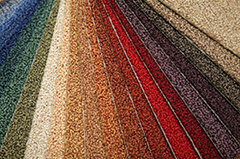 Carpets these days do not wear out. You seldom have to change a carpet because it has worn out. Far more likely is that you will change a carpet because you fancy a change, or because it has gotten stained, but it won’t have worn out. It will have “uglied out” instead. Therefore, when choosing a carpet, one of your key considerations rather than will it have worn out in 5 years time is will you still like the design in 5 years time.
Carpets these days do not wear out. You seldom have to change a carpet because it has worn out. Far more likely is that you will change a carpet because you fancy a change, or because it has gotten stained, but it won’t have worn out. It will have “uglied out” instead. Therefore, when choosing a carpet, one of your key considerations rather than will it have worn out in 5 years time is will you still like the design in 5 years time.
So, what sort of carpet design should you go for? Well, striped carpets are very popular and in fashion at the moment, and they work very well on staircases. But you shouldn’t be tempted to choose a carpet purely because that pattern is “of the moment”. It might look very nice now, but will it look so nice in three years time? It might, but then again it might not. Aubergine, yellow, and big orange flowers were very popular colours in the 1970s, when everything was extreme, but if you see patterns that were popular in the 1970s now you would think they were ghastly!
Around 10 years ago, 2/3 of carpets sold were patterned, but not many people buy patterned carpets any more. We don’t sell reds, blues, or even greens very much anymore. Croft green was the best selling carpet colour 15 years ago, but we can’t remember the last time we sold a green carpet. So what is popular? Well, around 85% of carpets currently sold are beige. Whilst you might want to choose something with a bit more colour than beige, it is the case that middle of the road, plain, mid colour ranges stand the test of time. So, you can spice up beige a bit by choosing heathers with flecks of colours in them. These colours and patterns are good because they hide soiling too. The key thing to remember is that extremes don’t work, but if you tone them down and bring them back to the centre ground then you have your answer.
How to prevent stains on your carpet
If you are worried about your carpets getting dirty or stained (for example, if you have kids or pets) then there are some tricks of the trade that you can utilise. For example, choose a mottled blend – a mid-dark colour carpet. Dark colours show bits, light colours show soiling, so aim for the darker end of the spectrum, and cover the bits with a two tone effect. That way, the bits are there, you just can’t see them. That is why pubs used to have patterned carpets - they still got dirty, but you couldn’t see the cigarette burns and beer stains because of the choice of carpet.
Underlay
 Underlay is probably not something that you ever devote much time to thinking about. You might think that underlay is underlay, but some of the manufacturers that we work with produce 60 or 70 different types of underlay each! It is easy to underestimate underlay, but it is very important. It has a number of key functions. It provides insulation, underfloor comfort and heating, and has fantastic sound protection properties. It also helps to tackle any uneven floorboards and most importantly, it supports carpet from the back.
Underlay is probably not something that you ever devote much time to thinking about. You might think that underlay is underlay, but some of the manufacturers that we work with produce 60 or 70 different types of underlay each! It is easy to underestimate underlay, but it is very important. It has a number of key functions. It provides insulation, underfloor comfort and heating, and has fantastic sound protection properties. It also helps to tackle any uneven floorboards and most importantly, it supports carpet from the back.
Why is that important? Well, you might not realise it but a carpet will wear twice – it will wear from the top, and it will wear from underneath. It is therefore very important to change your underlay if it is worn. There is no point putting down a brand new good quality carpet if the underlay underneath is no good.
How do you know if the underlay is still ok or not? People will often say that they have lifted the corner of the carpet, had a look and the underlay underneath is fine, so they don’t need new underlay. It might well be the case that the underlay looks fine when you lift up a corner of the carpet, but you don’t walk over the carpet in the corner of the room. You need to look at the state of the underlay in the doorway from where you enter and leave the room, or in the middle of the room where everyone walks, or under the chair where you sit every night, as people tend to shuffle their feet whilst sitting in their chair.
You may be surprised to learn that you can in fact use carpet and underlay in conjunction with underfloor heating, although there isn’t as much of a benefit having underfloor heating under an already warm carpet as there would be having underfloor heating under a cold hard floor like laminate, engineered wood or LVTs. But, if you do want carpet and underfloor heating (for example, if underfloor heating is your only source of heating in the house) you can now buy underlay with a low tog rating to allow the heat from the underfloor heating to go through it. You need to go down this route though if combining carpet and underfloor heating, otherwise the heat will be trapped underneath the underlay and it will be a complete waste of your money.
Fitting a carpet
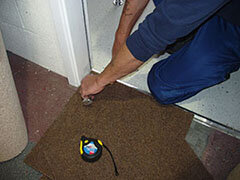 It is a well known fact that carpet fitters work for nothing! Of course they don’t – carpet fitters have to be paid just the same as everyone else, so when firms boast that their carpet comes with free fitting, take that with a pinch of salt. The cost of the fitting will simply have been factored into the cost of the carpet, and so the price of the carpet will have been increased to take account of the fitting. Be careful with offers!
It is a well known fact that carpet fitters work for nothing! Of course they don’t – carpet fitters have to be paid just the same as everyone else, so when firms boast that their carpet comes with free fitting, take that with a pinch of salt. The cost of the fitting will simply have been factored into the cost of the carpet, and so the price of the carpet will have been increased to take account of the fitting. Be careful with offers!
You may be aware that the way that many retailers work is that you pay the retailer for the carpet, and then pay a sub-contracted carpet fitter separately to fit the carpet. But in that scenario the retailer then has no control over the fitter, and if there is a problem with the carpet, who do you go to? Do you go to the fitter, or do you go back to the shop? Legally, you have entered into two separate contracts. To avoid any such problems, all Lincolnshire Flooring's fitters are employed by us, are uniformed and use liveried company vehicles. They are encouraged to further their knowledge and experience through both internal and external training.
To find out more about carpet, please go to the carpets page or feel free to visit Lincolnshire Flooring’s Carpet Showroom on Outer Circle Road in Lincoln, Lincolnshire where our experienced sales staff will guide you through all aspects of your carpet selection.
Case Studies
Torsion
This was Student accommodation for Lincoln University fitting Rimini carpet tiles throughout the living accommodation with Gradus PVC nosings to the staircases. Safety flooring in shower areas and Luxury Vinyl Tiles to kitchens
Dixon Ward at Lincoln County Hospital
Another installation carried out by our experienced Contracts fitting team fitting Altro white rock to walls to form a totally hygienic surface.
Alive Church
Wall cladding in one of their family rooms with with gerfloor tara safe ultra non slip area for wet play with Lincolnshire flooring Ruston Tiles in colour lead.
Retail installation with Beautiful stair runner in Telenzo Carpet
Retail installation with Beautiful stair runner in Telenzo Carpet in colour Gravel finished off perfectly with some stair rods in colour Pewter.
Beautiful stripe carpet by Castlemead
Woodpecker engineered wood installation finished off with a complementary modern twist, beautiful stripe carpet by Castlemead in colour Velvet Stripe.



